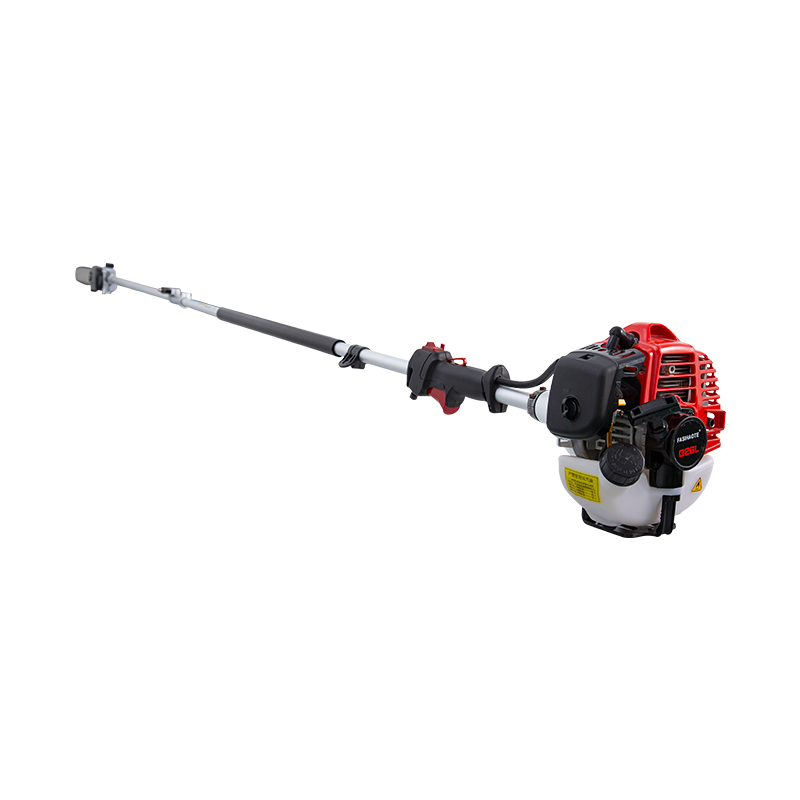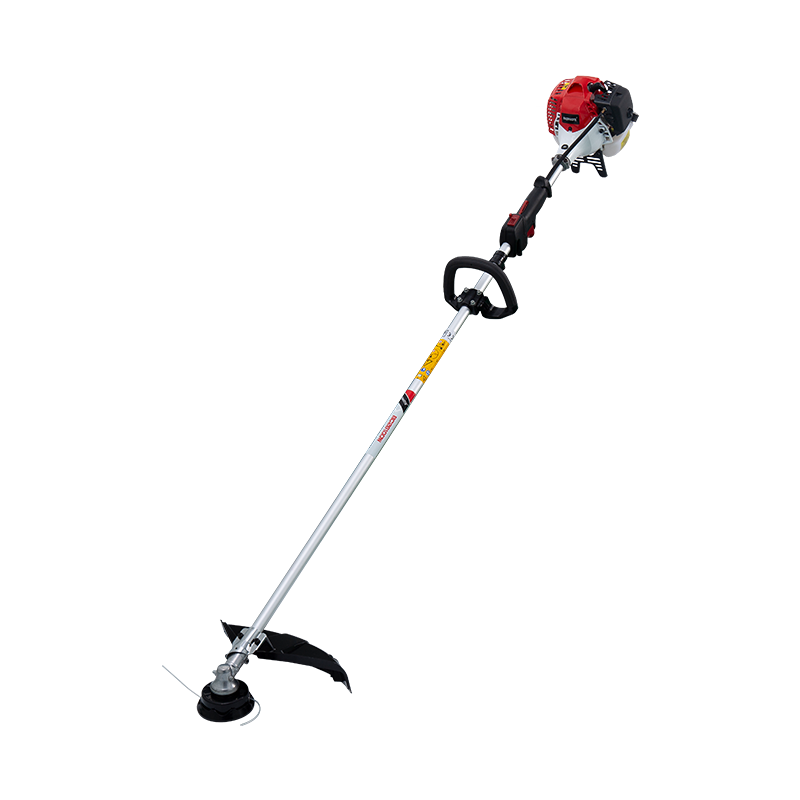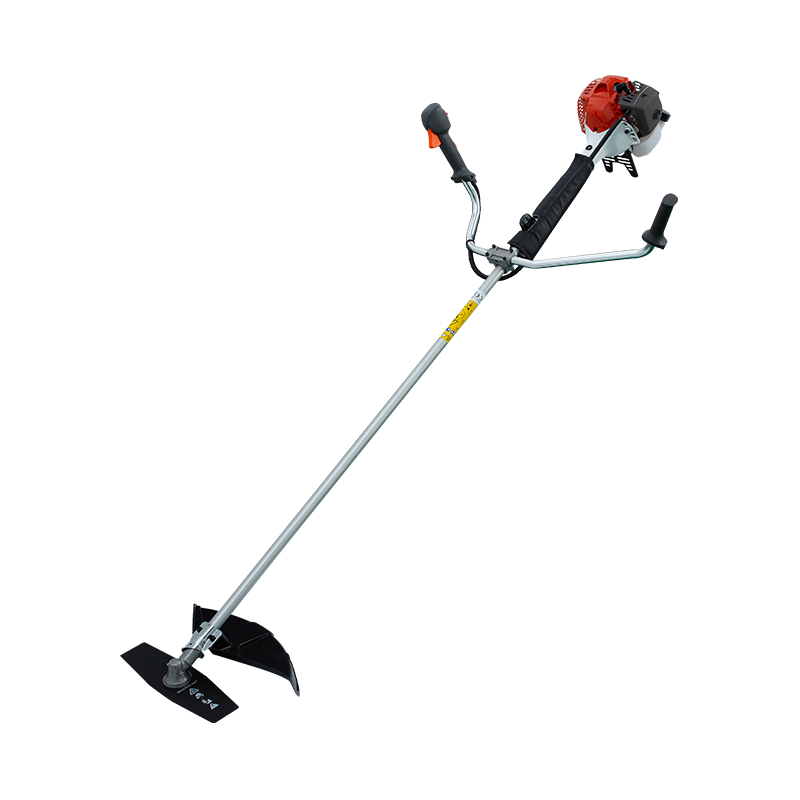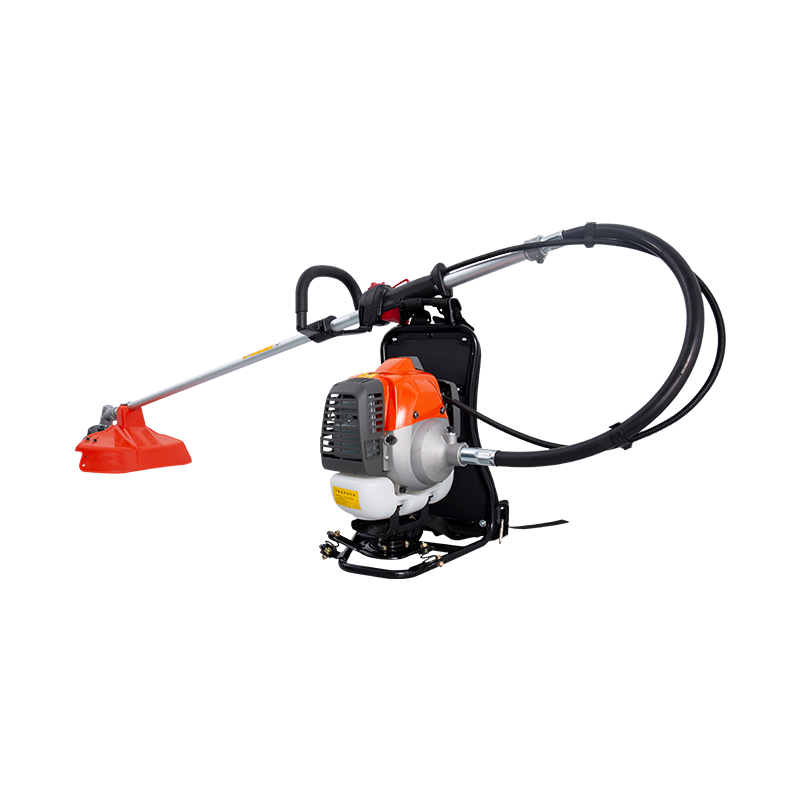In the realm of gardening and landscaping, maintaining trees and shrubs is a crucial task that not only enhances the aesthetic appeal of your property but also ensures the health and safety of the plants. Trimming and pruning are essential practices that help remove dead, diseased, or overgrown branches, promote growth, and prevent potential hazards. However, accessing high branches can be a challenging endeavor, often requiring the use of ladders or climbing equipment—activities that come with their own set of risks. Fortunately, the advent of the pole saw has revolutionized tree maintenance, offering a safe and efficient alternative for tackling out-of-reach branches.
A pole saw is a specialized tool that combines the functionality of a chainsaw with the reach of an elongated pole. This versatile design allows users to cut branches from ground level, eliminating the need for ladders or climbing. Typically, pole saws feature a lightweight yet sturdy pole constructed from materials like fiberglass or aluminum, ensuring durability and ease of use. At the end of the pole, a compact yet powerful chainsaw is mounted, capable of slicing through even the toughest branches with minimal effort.
One of the most significant advantages of a pole saw is the increased safety it offers. Eliminating the need to climb trees or balance on ladders significantly reduces the risk of falls and other accidents. Additionally, the ergonomic design of pole saws often includes features like anti-slip handles and shock-absorbing mechanisms to further protect the user.
The elongated pole allows for easy access to branches that are otherwise inaccessible with traditional hand tools. This means you can trim and prune trees of varying heights without the hassle of setting up ladders or scaffolding.
Pole saws are designed for precision cutting, making it easier to target specific branches without damaging surrounding foliage. The chainsaw at the end of the pole is typically powered by either electricity or gasoline, providing ample torque for clean cuts. This efficiency means less time spent on maintenance tasks and more time enjoying your well-groomed garden.
Whether you're dealing with small shrubs or towering trees, pole saws come in various lengths and power options to suit different needs. Some models even convert into handheld chainsaws or pruning shears, adding to their versatility.
When selecting a pole saw, there are several factors to consider:
Power Source: Electric pole saws are lightweight and easy to start but may require an extension cord for outdoor use. Gas-powered models offer more mobility but can be heavier and louder.
Pole Length: Choose a pole length that suits your needs. Longer poles provide greater reach but may be less maneuverable.
Chain Type: Different chain designs cater to various cutting needs. Consider the type of branches you'll be cutting and select a chain that offers the right balance of durability and sharpness.
Additional Features: Look for features like adjustable heads, automatic oilers, and anti-vibration technology that can enhance your experience and the tool's lifespan.
Maintaining Your Pole Saw
Regular maintenance is key to keeping your pole saw in optimal condition. This includes sharpening the chain regularly, checking for loose parts, and cleaning the saw after each use to prevent rust and buildup. Proper storage in a dry, cool place can also extend the life of your tool.


 English
English Español
Español







